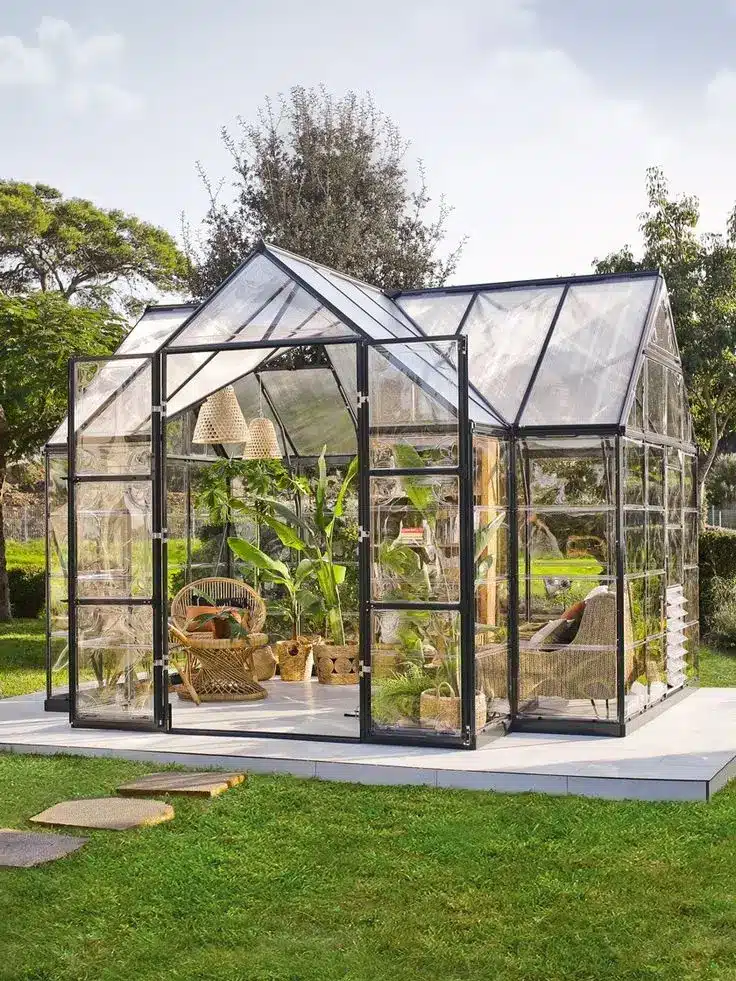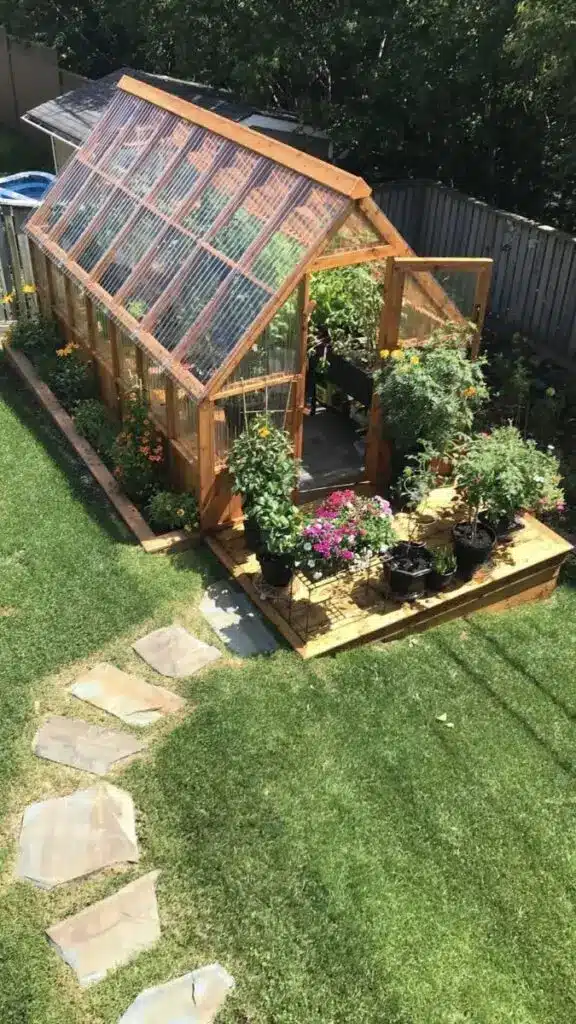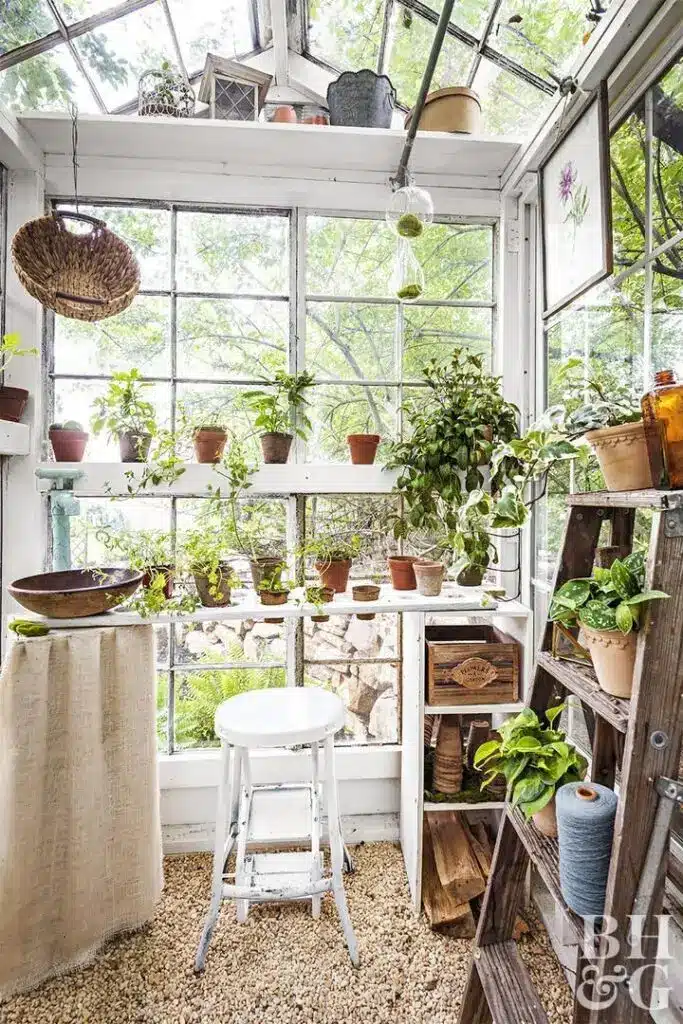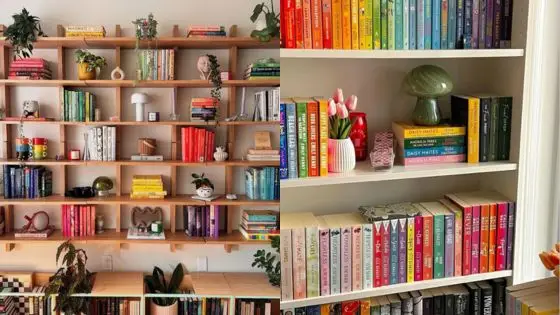Creating a DIY greenhouse can transform your gardening experience, allowing you to grow plants year-round and maximize your yield. A well-planned greenhouse not only extends your growing season but also provides a protected environment for your plants to thrive. With the right materials and a solid foundation, you can design a structure that meets your specific needs.
This guide will walk you through essential steps, from planning your ideal greenhouse layout to selecting the right covering materials. You will discover practical tips for maintaining the structure, ensuring it remains functional and efficient throughout the seasons. Whether you’re a seasoned gardener or just starting your homesteading journey, a DIY greenhouse can significantly enhance your gardening efforts.
Get ready to explore the possibilities of your very own greenhouse, where you can cultivate a diverse range of plants in a controlled environment. Your gardening ambitions are within reach, and with this information, you can turn your vision into reality.



Key Takeaways
- Designing your greenhouse involves careful planning to suit your gardening goals.
- Proper construction is essential for durability and insulation.
- Regular maintenance is key to ensuring the long-term success of your greenhouse.
Planning Your DIY Greenhouse
Effective planning is crucial for building a DIY greenhouse that meets your needs and fits your available space. Choosing the right design and understanding the various greenhouse plans will ensure your project is successful.
Choosing the Right Design
Selecting a greenhouse design impacts its functionality and aesthetics. Popular options include:
- A-Frame Greenhouse: Offers good stability and uses space efficiently.
- Geodome Greenhouse: Provides superior light distribution and strength.
- Lean-To Greenhouse: Space-saving design attached to an existing structure.
- Barn Greenhouse: Combines traditional barn aesthetics with modern gardening techniques.
- Miniature or Movable Greenhouse: Ideal for smaller spaces and allows for easy relocation.
Consider your gardening goals, local climate, and available materials. Using recycled materials, like old windows, not only reduces costs but can also add unique character to your structure.
Understanding Greenhouse Plans
Before construction, familiarize yourself with greenhouse plans that suit your design choice. Each plan provides detailed instructions on dimensions, materials, and required tools.
Look for plans that offer:
- Clear diagrams for assembly
- Lists of materials with specifications
- Guidelines for foundation and ventilation
Permanent greenhouses typically require more robust materials, while hobby or movable choices can be lighter and simpler. Thorough research will help you select a plan that aligns with your gardening ambitions and budget, ensuring your DIY greenhouse is both functional and enjoyable.



Building the Foundation and Structure
Creating a solid foundation and selecting appropriate structural materials are essential steps for your DIY greenhouse. These components will ensure stability, durability, and proper functionality for your greenhouse.
Creating a Durable Foundation
Start with a well-drained, level area in your backyard. Clearing any vegetation and debris is important to provide a clean workspace.
Foundation Options:
- Concrete Slab: Offers excellent stability. Pour a slab at least 4 inches thick for durability.
- Raised Timber: Use pressure-treated wood to create a frame that can hold soil or gravel.
- Concrete Blocks: Stack blocks for easy leveling and adjustment based on your design.
Ensure the foundation can support the weight of the greenhouse structure and allows for good drainage to prevent water pooling.
Structural Materials and Assembly
Select materials that provide strength and insulation. Common choices include:
- Wood: Offers great insulation but may require treatment against rot.
- Aluminum: Lightweight and rust-resistant, ideal for frames.
- Polycarbonate Sheets: Provide excellent insulation and light diffusion. Use at least 6 mm thickness for durability.
When assembling:
- Use sturdy fasteners and brackets to secure joints.
- Follow greenhouse building plans to ensure proper dimensions and alignments.
- Consider a barn style design for added aesthetic appeal and structural benefits.
By focusing on these aspects, you can build a robust foundation and structure for your greenhouse.



Covering and Insulating
Selecting the appropriate covering and insulation for your DIY greenhouse is crucial for maintaining the desired climate for plant growth. The right materials will enhance sunlight penetration while providing protection from temperature fluctuations.
Choosing the Right Covering
For greenhouse coverings, greenhouse plastic is a popular and effective option. It promotes light diffusion and is relatively inexpensive. When selecting plastic, aim for UV-stabilized materials to ensure durability.
You might also consider old windows if you prefer a more rustic approach. They are sturdy and can provide excellent insulation. Alternatively, a CD case greenhouse or plastic bottle greenhouse can be creative solutions for small-scale projects.
Ensure that your covering material is easy to replace and can withstand various weather conditions. Proper installation is essential for maintaining structural integrity and ensuring maximum light transmission.
Insulation and Ventilation
Effective insulation helps regulate temperature inside your greenhouse. Consider using materials like bubble wrap or foam boards to insulate areas prone to heat loss. A cold frame can also be a useful addition, protecting delicate plants during particularly chilly nights.
Ventilation is equally important. Installing operable vents or a fan system can help manage humidity and prevent overheating. Tunnels offer natural ventilation but should be monitored closely.
Balancing insulation and ventilation is key. This is to ensure that your plants thrive in a controlled environment. A successful greenhouse project focuses on these elements for optimal results.



Greenhouse Maintenance and Care
Maintaining a greenhouse is vital for optimizing plant growth and ensuring longevity. Care involves managing the growing environment and conducting routine checks to keep everything in order.
Managing the Growing Environment
To foster a healthy environment for your plants, monitor temperature and humidity closely. You can implement:
- Ventilation: Open windows, set up grow room dehumidifiers, or install automatic vents to reduce humidity. This is crucial during warmer months.
- Temperature Control: Use heaters or fans depending on the season. For instance, a well-placed heater can maintain warmth during colder nights.
- Light Regulation: Adjust shading materials or paint transparent panels to control light levels, especially during peak sun hours.
Tracking conditions with a thermometer and hygrometer will help you make timely adjustments. In hoop houses or arched greenhouses, pay attention to airflow patterns to prevent overheating.
Routine Maintenance
Routine maintenance tasks are essential for durability and efficiency. Key tasks include:
- Cleaning: Regularly clean the greenhouse structure to optimize light penetration. Remove dirt and algae from panels every few months.
- Structural Checks: Inspect frames, doors, and vents for any damage. Tighten loose screws and replace worn-out materials promptly.
- Pest Management: Monitor for pests regularly. Use organic treatments or companion planting to control infestations without harming your plants.
Utilizing resources, such as Mother Earth News and DIY guides from Buildeazy, can provide specific strategies tailored to various greenhouse designs. Keeping a maintenance schedule will help you stay on track throughout the growing season.
- 14shares
- Facebook0
- Pinterest14
- Twitter0


